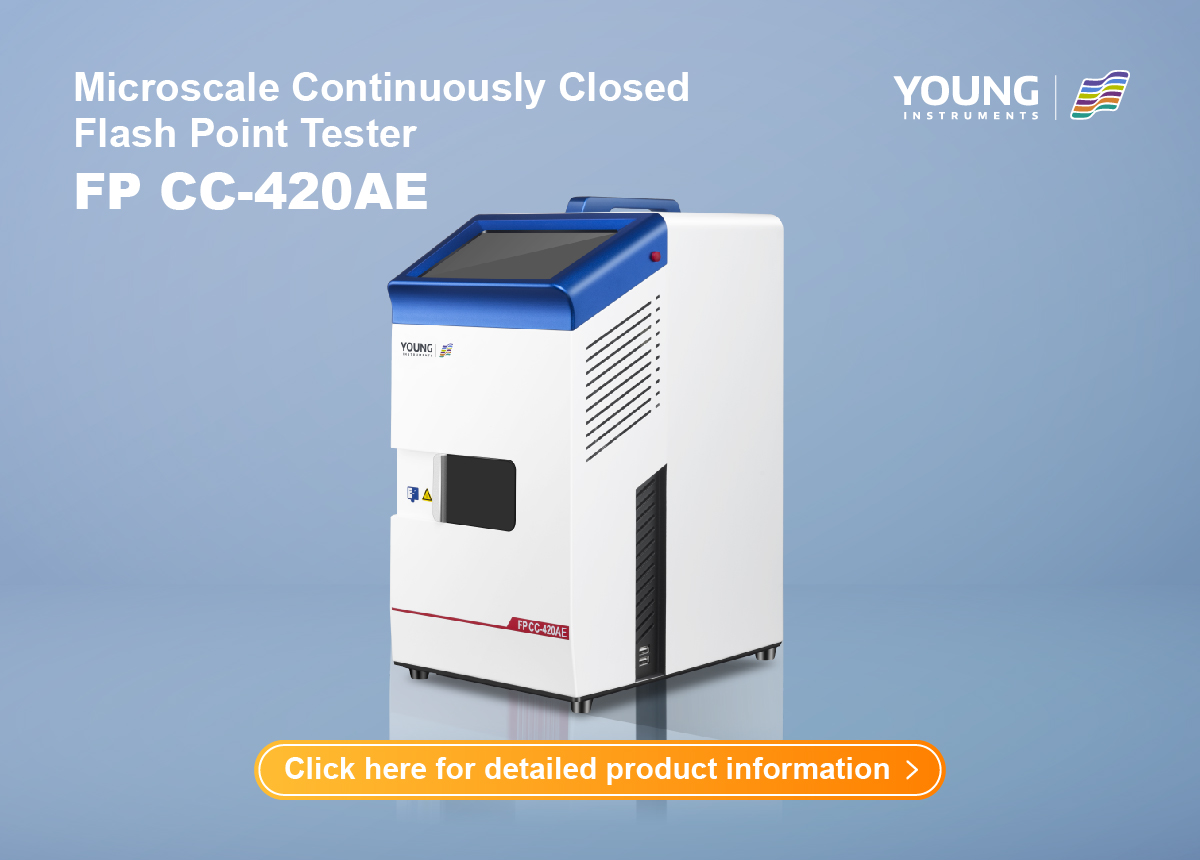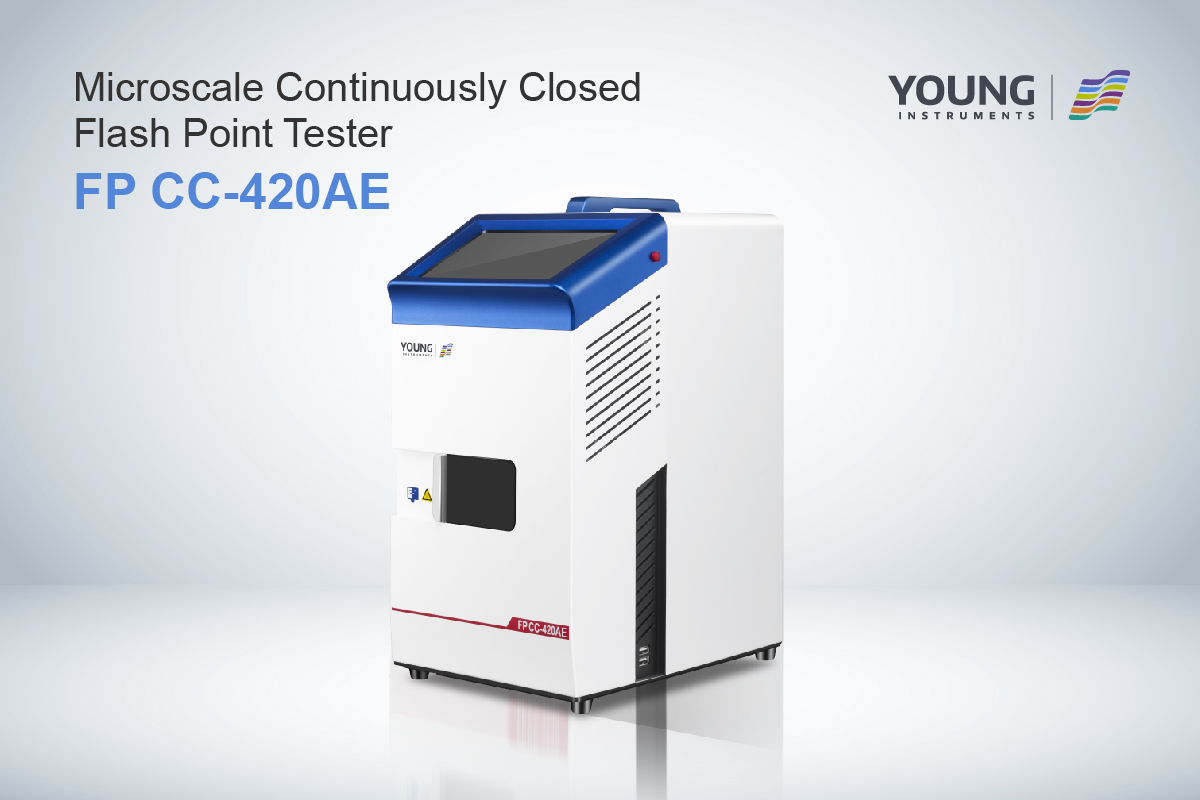Closed Cup Flash Point Analyzer: What You Need to Know
If you work in industries that involve flammable liquids or gases, you know how important it is to understand the flash point of these substances. Flash point refers to the lowest temperature at which a liquid or gas can produce enough vapor to ignite in the presence of an ignition source. This is why it is important to use a Closed Cup Flash Point Analyzer to test these substances.
A Closed Cup Flash Point Analyzer is a device that is used to measure the flash point of flammable liquids and gases. This device is designed to test the ignition temperature of a sample in a closed cup environment, which provides a more accurate reading than an open cup test. Closed cup tests are safer than open cup tests because they prevent the release of flammable vapors into the air, which can cause explosions or fires.
Using a Closed Cup Flash Point Analyzer is not only important for safety reasons, but it is also required by many regulatory agencies. For example, the Occupational Safety and Health Administration (OSHA) requires employers to use a Closed Cup Flash Point Analyzer to test the flash point of flammable liquids in the workplace. In addition, the Environmental Protection Agency (EPA) requires the use of a Closed Cup Flash Point Analyzer to test the flash point of fuels, oils, and other substances that are transported by truck, rail, or pipeline.
Principles of Operation
The Closed Cup Flash Point Analyzer is an instrument used to determine the flash point of liquid and semi-solid petroleum products. The flash point of a substance is defined as the lowest temperature at which it gives off enough vapor to ignite in the presence of a flame or spark. The Closed Cup Flash Point Analyzer uses various measurement techniques to determine the flash point of a substance accurately.
Measurement Techniques
The Closed Cup Flash Point Analyzer uses the Pensky-Martens method to determine the flash point of a substance. This method involves heating a sample of the substance in a closed container until it reaches its flash point. The container is then opened, and a small flame is passed over the surface of the sample. The temperature at which the flame ignites the vapor above the sample is recorded as the flash point.
Another measurement technique used by the Closed Cup Flash Point Analyzer is the Tag method. This method is similar to the Pensky-Martens method, except that the sample is heated in a small, sealed container called a Tag cup. The temperature at which the vapor above the sample ignites is recorded as the flash point.
Thermocouple Function
The Closed Cup Flash Point Analyzer uses a thermocouple to measure the temperature of the sample. A thermocouple is a device that consists of two different metals joined together. When one end of the thermocouple is heated, a voltage is produced that is proportional to the temperature difference between the two ends. The voltage is then converted into a temperature reading by the analyzer.
The Closed Cup Flash Point Analyzer uses various measurement techniques and a thermocouple to accurately determine the flash point of liquid and semi-solid petroleum products. The Pensky-Martens and Tag methods are commonly used to determine the flash point of a substance. The thermocouple is an essential component of the analyzer, as it measures the temperature of the sample accurately.
Instrument Design
The design of Closed Cup Flash Point Analyzers includes numerous safety features and quality components to ensure that the instruments are robust and safe.
Safety Features
Closed Cup Flash Point Analyzers come with numerous active and passive safety features to protect the operator and the instrument. Some of the safety features include:
- Automatic fire extinguishing system: In case of a fire, the instrument is equipped with an automatic fire extinguishing system that extinguishes the fire and protects the operator.
- Closed cup design: The closed cup design of the instrument ensures that the flammable material does not come in contact with the environment, reducing the risk of fire or explosion.
- Flash detector systems: The instrument comes with multiple flash detector systems, including a thermocouple and ionization ring detection, to ensure accurate and reliable results.
- Automatic lid opening: The instrument automatically opens the lid after the test, reducing the risk of explosion and ensuring safe handling of the sample.
Sample Handling
Closed Cup Flash Point Analyzers are designed to handle a wide range of samples with ease and accuracy. Some of the features that make sample handling safe and easy include:
- One-touch positioning of the test cup: The instrument comes with a one-touch positioning system that ensures accurate and precise positioning of the test cup, reducing the risk of accidents and ensuring reliable results.
- Automatic sample injection: The instrument automatically injects the sample into the test cup, reducing the risk of spills and ensuring safe handling of the sample.
- Robust and safe components: Closed Cup Flash Point Analyzers use selected superior-quality components to ensure that the instrument is robust and safe.
Overall, the design of Closed Cup Flash Point Analyzers ensures that the instrument is safe, reliable, and easy to use. With numerous safety features and quality components, Closed Cup Flash Point Analyzers are the ideal choice for industries dealing with flammable substances.
Calibration and Maintenance
The Closed Cup Flash Point Analyzer is a highly precise instrument that requires regular calibration and maintenance to ensure accurate results. Here are some tips to keep your analyzer running smoothly:
Calibration
Calibration is the process of adjusting the analyzer to ensure that it provides accurate results. It is recommended that you calibrate your analyzer at least once a year or whenever you notice a significant change in the results.
To calibrate your analyzer, you will need a certified calibration standard, which is a liquid with a known flash point. Follow the manufacturer’s instructions to calibrate your analyzer using the standard. After calibration, record the results and compare them to the expected values. If the results are not within the acceptable range, you may need to adjust the analyzer or repeat the calibration process.
Maintenance
Regular maintenance is essential to keep your analyzer in good working condition. Here are some maintenance tips to follow:
-
Keep the analyzer clean and free of debris. Use a soft cloth and a mild detergent to clean the exterior of the analyzer. Do not use water or harsh chemicals.
-
Check the electrodes and sensors regularly for signs of wear or damage. Replace any damaged parts immediately.
-
Keep the analyzer in a dry and cool environment. High humidity and temperature can affect the accuracy of the results.
-
Follow the manufacturer’s instructions for replacing consumable parts, such as filters and seals.
By following these calibration and maintenance tips, you can ensure that your Closed Cup Flash Point Analyzer provides accurate and reliable results for years to come.





































